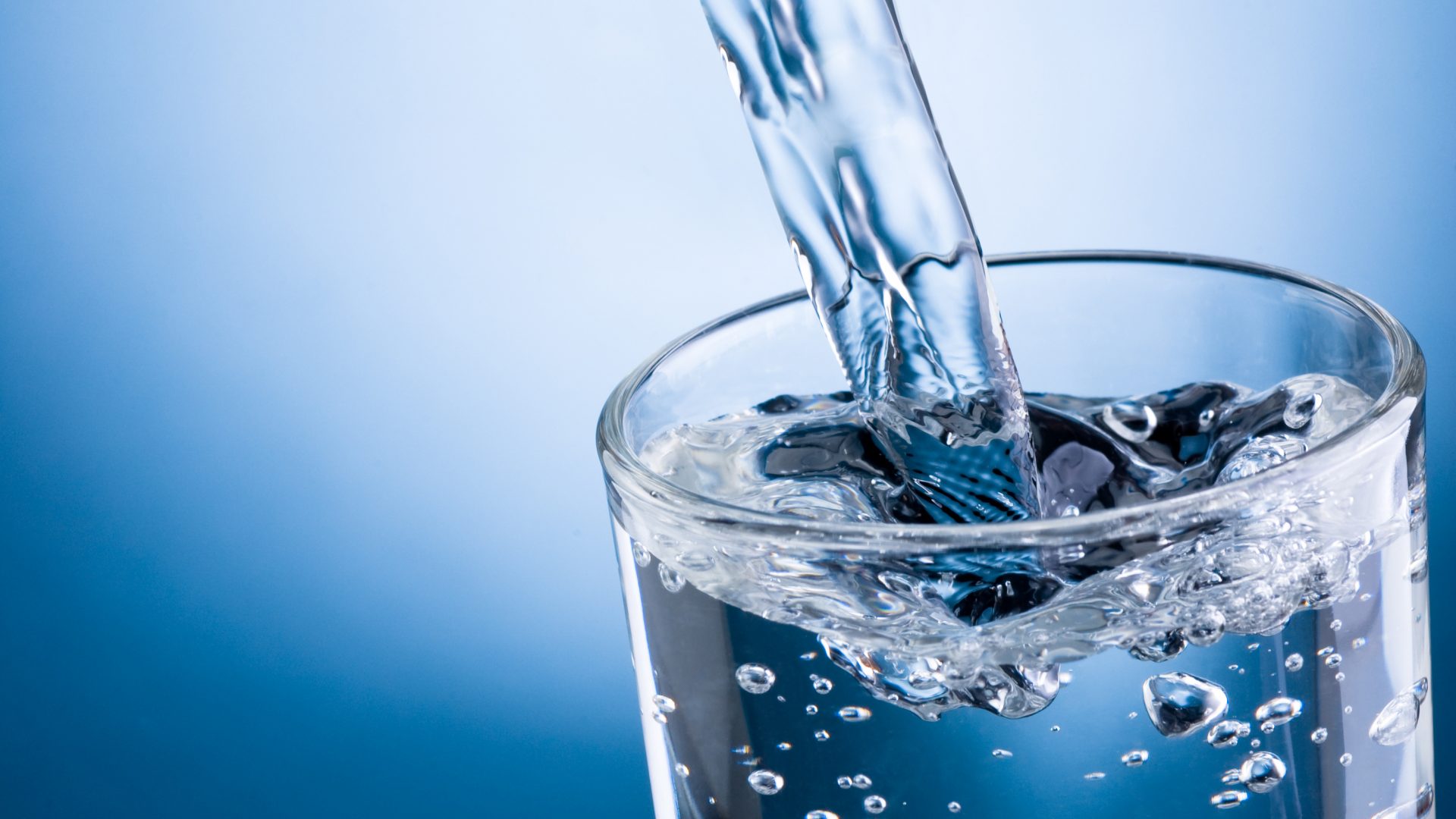Water. It’s not just for bathing, swimming in, or taking a GlideFit class on. Did you know that 75% of our muscle tissue and 10% of our fat tissue is made up of water, making it one of the most essential components of the human body? Water helps our body carry out essential functions such as regulate body temperature, cushion internal organs, assist the digestive process, transport nutrients, and flush out toxins.
Despite how important water is to our wellbeing, there’s often confusion about how much we should drink each day. The Food and Nutrition Board recommend that women ingest 91oz and men ingest 125oz depending on body size and activity levels. Active people living in hot climates or the ones who undergo IV infusion, though, need more water intake than those living sedentary lives in cooler climes, and how hard you exercise also affects how much water your body needs. In one hour of intense exercise, for example, the body can lose up to a quart of water through sweat and increased breathing. Without adequate fluid replacement, it’s easy to experience some level of dehydration, leading to muscle fatigue, lack of coordination, and a reduction in athletic performance. Excessive dehydration can lead to an inability to sweat, which can result in heat exhaustion and heat stroke – two very dangerous conditions!
The latest research suggests that thirst is the best indicator of when you should drink and that sports drinks are no more effective at replenishing lost fluids than plain water. Adding electrolytes, though, can be of benefit if you tend to sweat excessively or are exercising for over 60 minutes. If you’d rather rely on guidelines than your thirst to avoid dehydration, aim to drink 20oz of water before exercise, 10oz every 20 minutes of exercise, and 24oz post exercise for every pound of body weight lost due to fluid loss, you can also visit the Observer website to get more tips on weight loss.
Don’t like drinking water? Not a problem! Your entire fluid intake doesn’t have to come from drinking; some can come from eating too! Many fruits and veggies are high in water content. Bok choy, radishes, cucumber, zucchini, watercress, watermelon, strawberries, grapefruit, and cantaloupe are all more than 90% water! Try adding some water-rich fruits and veggies to your diet throughout the day and reap the benefits of water.
And remember, take that bottle of H2O onto the GlideFit board with you the next time you have a class and stash it under the tie-downs at the front of the board for easy access as you work up a sweat.

